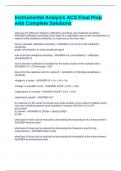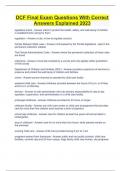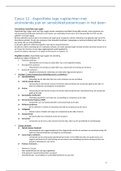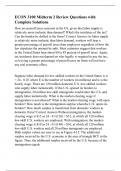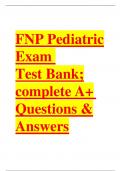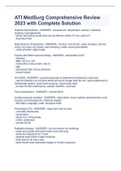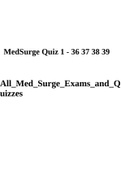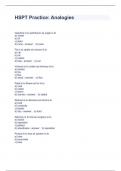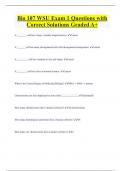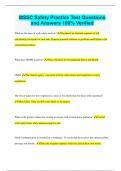Tentamen (uitwerkingen)
Instrumental Analysis ACS Final Prep with Complete Solutions
- Vak
- Instelling
Instrumental Analysis ACS Final Prep with Complete SolutionsInstrumental Analysis ACS Final Prep with Complete SolutionsInstrumental Analysis ACS Final Prep with Complete SolutionsInstrumental Analysis ACS Final Prep with Complete Solutions what are the difference between calibration sensitivity a...
[Meer zien]
